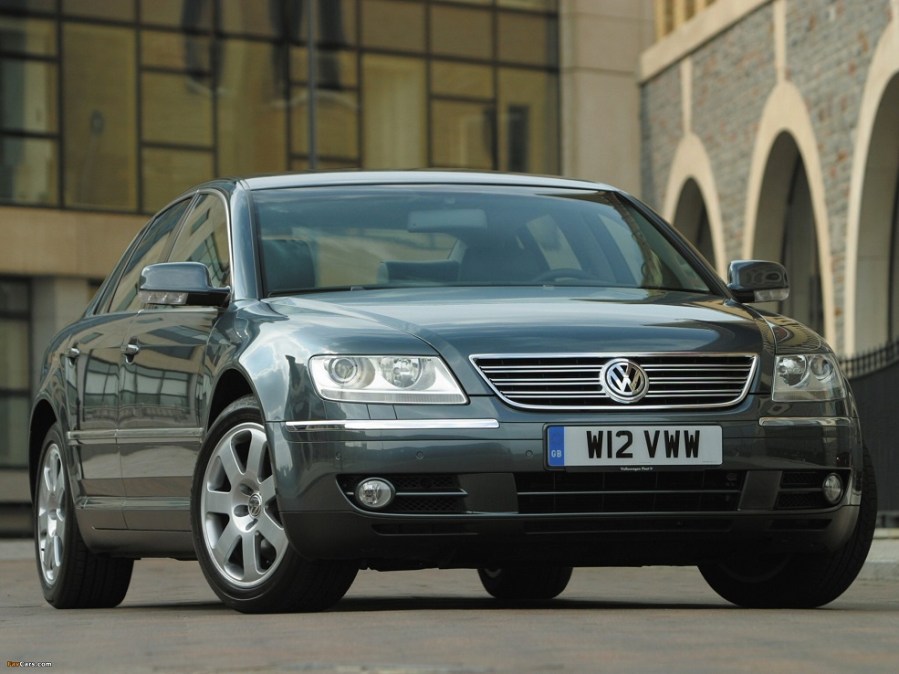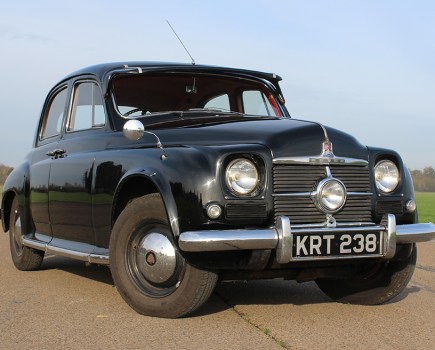We look at some of the best luxury cars built by manufacturers not perceived as a premium brand, from Ford to Vanden Plas.
Most people who buy luxury cars want a premium badge to go with it. After all, there are few bragging rights down the local pub as you saunter in and chuck a new Ford fob on the table. Against your mates with BMs and Mercs, it just doesn’t stack up.
And yet, there’s nothing daft about it. Take a look at the Skoda Superb; it’s effectively an A6 for mid-range A3 money leaving lots to spend on options. That means your budget premium car can be better equipped than the supposedly posher alternatives. And over the years, a number of manufacturers have cashed in on this. Here are some classics that will make you feel like a pools winner with a pretention-free façade.
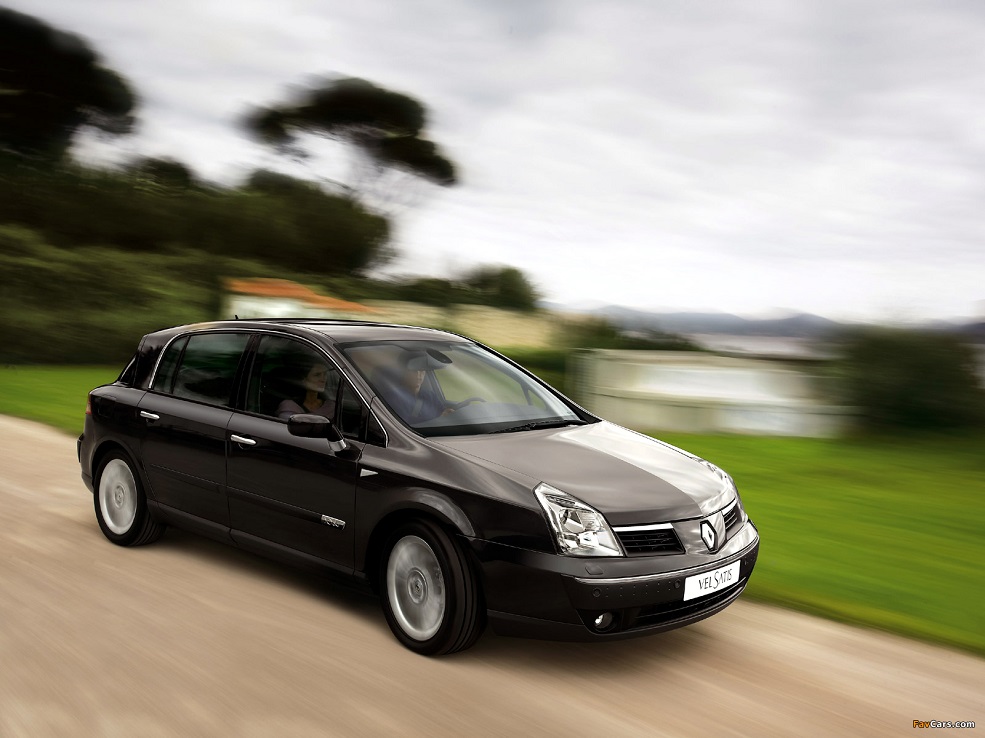
Renault Vel Satis
The Renault Vel Satis was a confusing car when it was launched in 2002. For a start, nobody in Britain (or outside France) had really paid any attention to the Safrane it replaced, so no wonder a large Renault attracted feelings of general bemusement. But in addition, its upright and semi MPV styling was perplexing in a class renowned for more conservative style. Design chief Patrick le Quement said that it was intended to have presence rather than style, but in the UK at least the only place a Vel Satis could be said to be present was the showroom floor, as Renault buyers flocked past it to the sensible Laguna and the even more bonkers Avantime instead.
A wide range of four and six cylinder engines were available, topped by a V6 petrol that also found its way into the Nissan 350Z sportscar and a V6 diesel option. More sensible people could have opted for the 2.2DCi, while even more sensible people chose a 5-series instead. But as a modern classic to turn heads the Vel Satis makes a compelling case. Pick a top spec V6 Initiale, look after it, and enjoy the attention at classic car shows in ten years’ time.
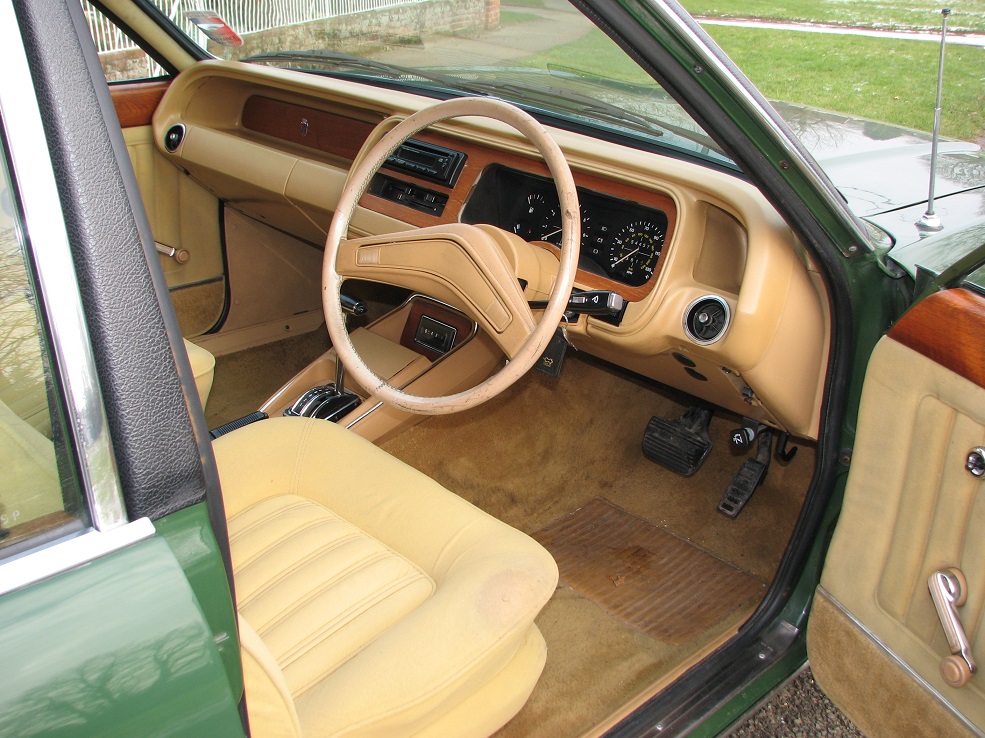
Ford Granada Ghia
Offered as a replacement for the Ford Zodiac, Ford had cottoned on to BMC’s idea of utilising a well-known coachbuilder’s branding to differentiate the top of the line models. And while inside the Granada Ghia wasn’t such a rarefied environment as anything by Vanden Plas during the period, its wood effect trim and upmarket cloth seats made the Ghia a very special place in which to spend time. The exciting front grille and optional Ronal alloy wheels made the exterior seem equally special, as did the standard fit vinyl roof. Jack Regan’s car was now posh, as well as big and quick. While the Granada Ghia captured sales from Rover, Triumph, and the Vauxhall Viscount ranges, it was still seen as simply the top of the range. Ford saw the benefits of expanding this tactic, and virtually every Ford from Cortina to Fiesta and Focus has been available with Ghia branding at some point in its life.
The Classics World team is not averse to a nice Ghia. Not only does our Production Editor Aaron McKay own a Focus Ghia, he’s set up a Facebook group for those seeking to preserve and enjoy all Ghia branded Fords while there are still enough left to enjoy. Its moderate success shows the regard in which such upmarket derivatives of mainstream models can be held.

VW Phaeton
The Volkswagen Phaeton is bound to have made sense in Ferdinand Piech’s head. After all, the Audi A8 was a sporting saloon designed to take on the BMW 7-series, and the Bentley Continental was too expensive and too prestigious really to count as a viable mass-market option. Volkswagen had nothing to take on the Mercedes S-class as the ultimate luxury liner. And as Mercedes had launched the A-class smack into the heart of VW Golf territory, Piech wanted to bite back.
Common sense also meant that using the floorpan in a more mass-market product before the launch of the Bentley Continental GT made sense, to protect the reputation Bentley had earned for itself. And so the Phaeton was launched. It enjoyed impressive success for something so conspicuously branded as a peoples’ car, but overall low sales ensured it was not replaced. The range spanned several engines from 3.0 TDi to W12, though the biggest you’re likely to see on the road is the fearsome V10 TDi.
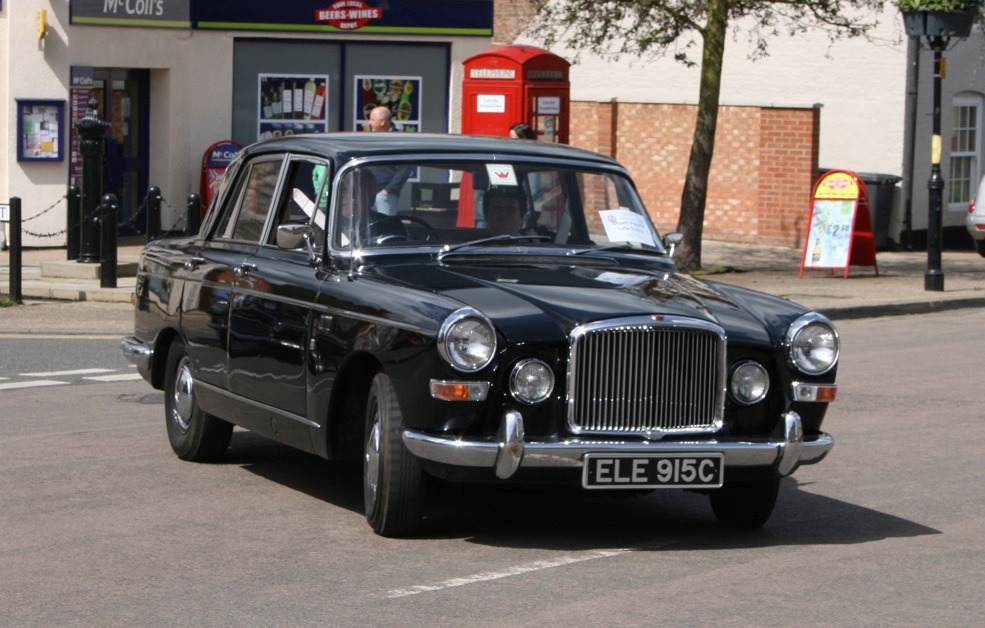
Vanden Plas 4-litre R
Vanden Plas was a brand invented by Austin to fulfil the function of making premium cars without a premium name plate. With a grille designed to sit somewhere between Bentley and Alvis, the Vanden Plas Princess Three Litre was little more than a restyled Westminster with an upmarket interior, but the revitalised 4-litre R of 1964 was a different animal. New from the D posts back, it took the concept and refined it by losing the fins and restyling the rear lights. Under the bonnet sat a four litre six distantly related to that in a Silver Cloud. This was a legacy of the joint venture between RR and BMC to produce a smaller saloon – RR had the excess engines ready, BMC had the bare bones of a car, and so what would have been the Bentley Java was essentially productionised with a light restyle and a new name.
Nowadays, the 4-litre R makes an interesting Silver Shadow alternative for those seeking something a little different. The cessation of production led to BMC leaving the market, though it was in some small part replaced by the Austin Three-Litre.
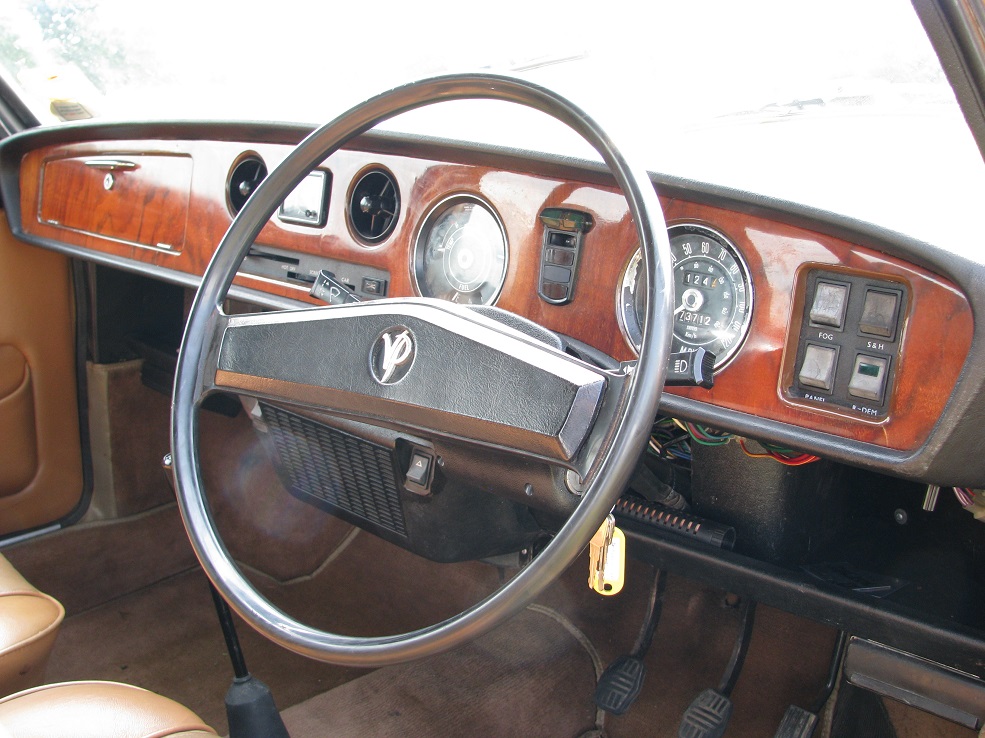
Vanden Plas 1500
It might have seemed counterintuitive to base a small luxury car on the oft-derided Austin Allegro, but there was method in British Leyland’s madness. For cars like this spoke to two distinct classes of customer, neither of whom was especially well served elsewhere. It continued the VP tradition of plush small cars, following on from the Princess 1300. Shells (painted, unless black) were shipped to the Vanden Plas works at Kingsbury, to be trimmed alongside Daimler Double Six VPs and DS420s. These cars were then sold at Princess 1800HL money to those seeking a certain type of car.
These people tended either to be retirees seeking to retain the special sense of their old Jags and Humbers on a tighter, pension budget – or the wives of city businessmen whose Daimlers were so very nice, but a little bit too unwieldy for the little lady to park. She would therefore have the Vanden Plas as a town toddler of such status as befitted a person of her class.
Nowadays, 1500s are bought by those who want all the trappings of a nice car, but none of the running costs – and maybe in a more compact package given the size of the average garage. Values are still rising.
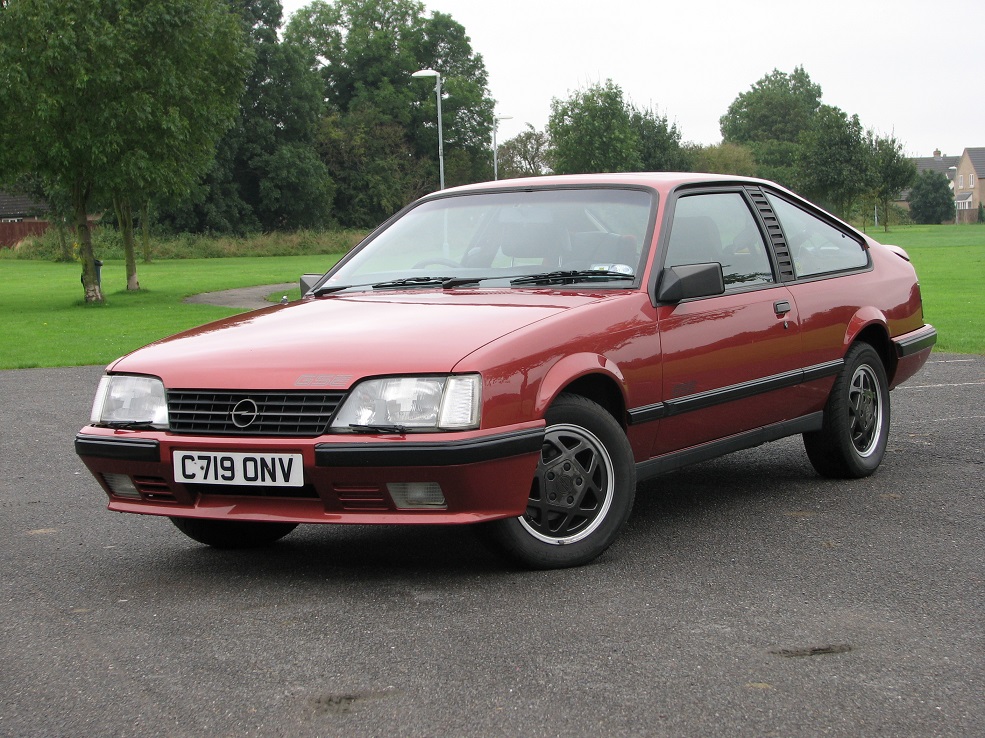
Opel in the 70s-80s
It seems odd to think now that Vauxhall and Opel models were sold alongside each other in UK showrooms – both before and after the homogenisation of GM’s European arm. So you could buy a Kadett in one showroom, and across town the identical Astra was on sale.
Opel was always seen in the UK as a shade more exotic given that it was a German car in an era where that was still perceived as a premium product. This was the age of the early years of the EEC – import tariffs were lower and cars from the continent had become more attainable than ever. Naturally, GM chose to capitalise by selling Opels to those who were too cool for a humble Vauxhall Victor.
And the two marques played upon it, rationalising the Vauxhall Royale away in favour of the Opel Senator and Monza, bringing the Manta in preference to the Cavalier Coupe, and withdrawing the rest of the Opel range in favour of humdrum Vauxhalls. GM hoped that Opel would be seen as their “BMW”. In truth, it simply led to confusion. The range was streamlined into Vauxhall by the mid-1980s.
Conclusion
Plush cars have always held an appeal, but there can be greater benefits by buying a brand-free barge. None of these cars lack the toys or the ambience afforded by their better badged brethren. But their rarity means interest value, and makes them all compelling classic choices today.

